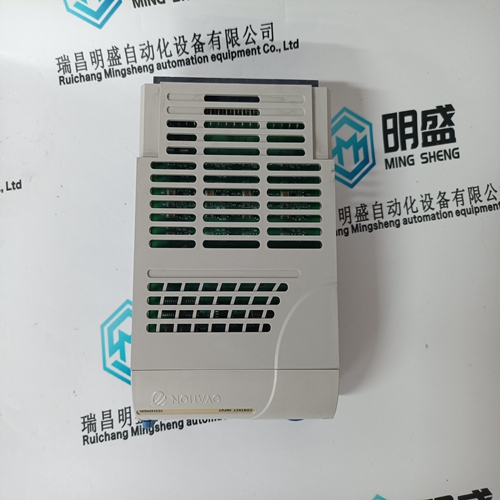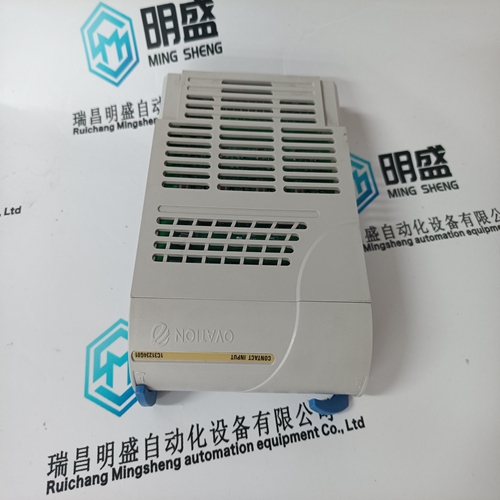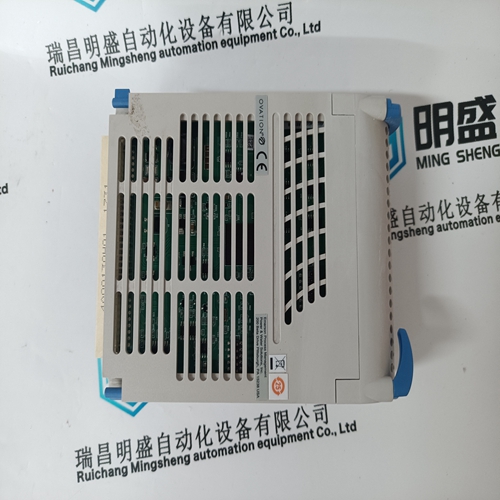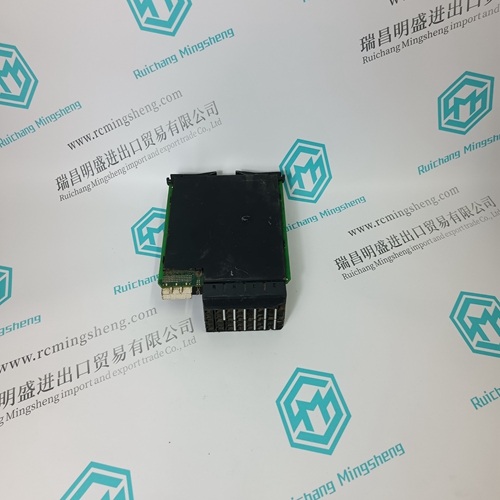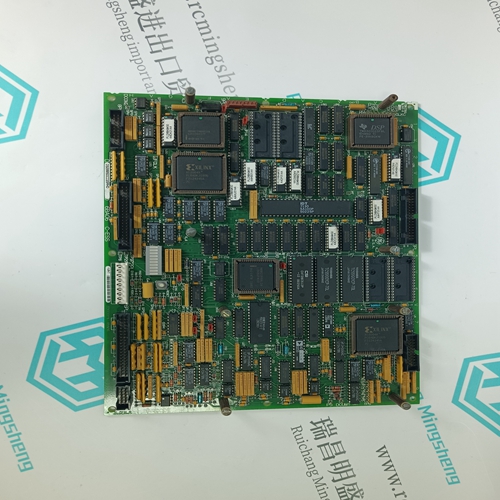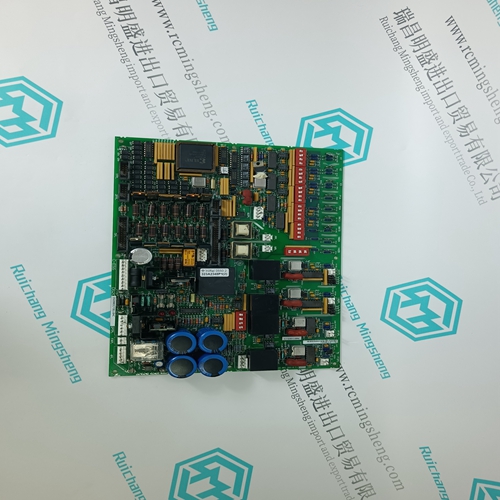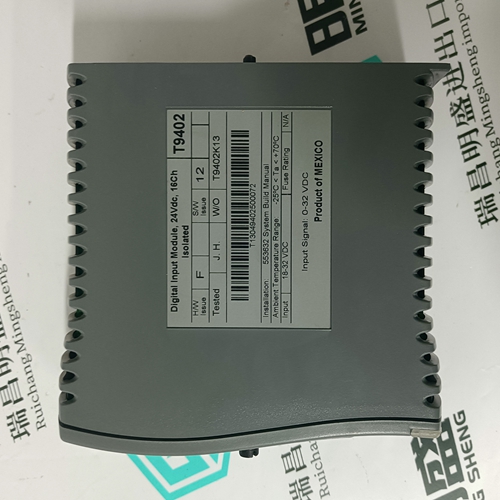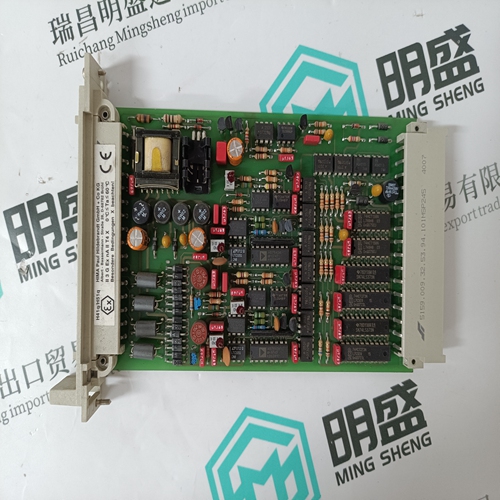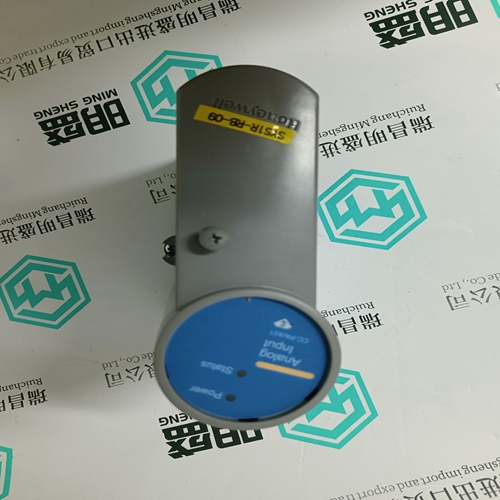Home > Product > DCS control system > 1C31234G01 Analog voltage module
1C31234G01 Analog voltage module
- Product ID: 1C31234G01
- Brand: EMERSON
- Place of origin: The United States
- Goods status: new/used
- Delivery date: stock
- The quality assurance period: 365 days
- Phone/WhatsApp/WeChat:+86 15270269218
- Email:stodcdcs@gmail.com
- Tags:1C31234G01Analog voltage module
- Get the latest price:Click to consult
The main products
Spare parts spare parts, the DCS control system of PLC system and the robot system spare parts,Brand advantage: Allen Bradley, BentlyNevada, ABB, Emerson Ovation, Honeywell DCS, Rockwell ICS Triplex, FOXBORO, Schneider PLC, GE Fanuc, Motorola, HIMA, TRICONEX, Prosoft etc. Various kinds of imported industrial parts
Products are widely used in metallurgy, petroleum, glass, aluminum manufacturing, petrochemical industry, coal mine, papermaking, printing, textile printing and dyeing, machinery, electronics, automobile manufacturing, tobacco, plastics machinery, electric power, water conservancy, water treatment/environmental protection, municipal engineering, boiler heating, energy, power transmission and distribution and so on.

1C31234G01 Analog voltage module
When the drives are powered up and powered down, the complete drive group, including the line contactor and start inhibit terminals, is switched in a safety–related way through two channels. The power–on frequency per unit time of the NE module is limited. This is due to the pre–charging circuit to ramp up the DC link voltage at the capacitors. This circuit is, for example, not suitable for machines where the protective door is frequently opened or for the ”setting–up” mode where the agreement function is frequently applied. Circuit example =3: Using this circuit, one or more drives can be selectively shut down in a safety–related way from an operational drive group, using a key–operated switch, limit switch, light barriers, and brought into the ”safe standstill” operating mode. Beforehand, the NC control must have safely stopped the drives. This circuit can also be used in conjunction with the basic control =4. Circuit examples =2 and =3 are also used to obtain a basic understanding of the complex and extensive control functions from circuit =4 onwards.
Safety systems and Standards
The objective of safety systems is to keep potential hazards for both people and the environment as low as possible by using suitable technical equipment, without restricting, more than absolutely necessary, industrial production, the use of machines and the production of chemical products. The protection of man and environment has to be put on an equal footing in all countries by applying rules and regulations that have been internationally harmonized. At the same time, this is also intended to avoid that safety requirements in different countries have an impact on the competitive situation, i.e. the intention is to facilitate international trade. Legislation demands, ”the quality of the environment and the health of people are to be protected using preventive measures” (Directive 96/82/EC of the Council ”Seveso II”). Legislation also promotes ”health and safety at work” (Machinery Directive, health and safety legislation). The objective to achieve these and similar goals is specified in the appropriate EU Directives by legislative bodies for various areas (”regulated area”). In order to achieve these objectives, the legislative bodies place demands on companies operating plants and systems and the manufacturers of equipment and machines. These legislative bodies have at the same time allocated responsibility for possible damage.
EU Directives
A new concept (”new approach”, ”global approach”) used as basis for the EU Directives: EU Directives only specify generally valid safety goals and define basic safety requirements. EU Directives specify that the Member States must mutually recognize domestic regulations. The EU Directives are all of equal importance, i.e. if several Directives are applicable for a specific piece of equipment or machine, then the requirements of all of the relevant Directives apply. For a machine with electrical equipment, among others, the following apply Machinery Directive 98/37/EC Low Voltage Directive 2006/95/EC EMC Directive 2004/108/EC The European Machinery Directive is essential valid for all machines. The minimum requirements are defined in Appendix I of the Directive. More detailed information is then provided in the harmonized European Standards – types A, B and C. The devices must be disposed off corresponding to the regulations valid in the particular country!
